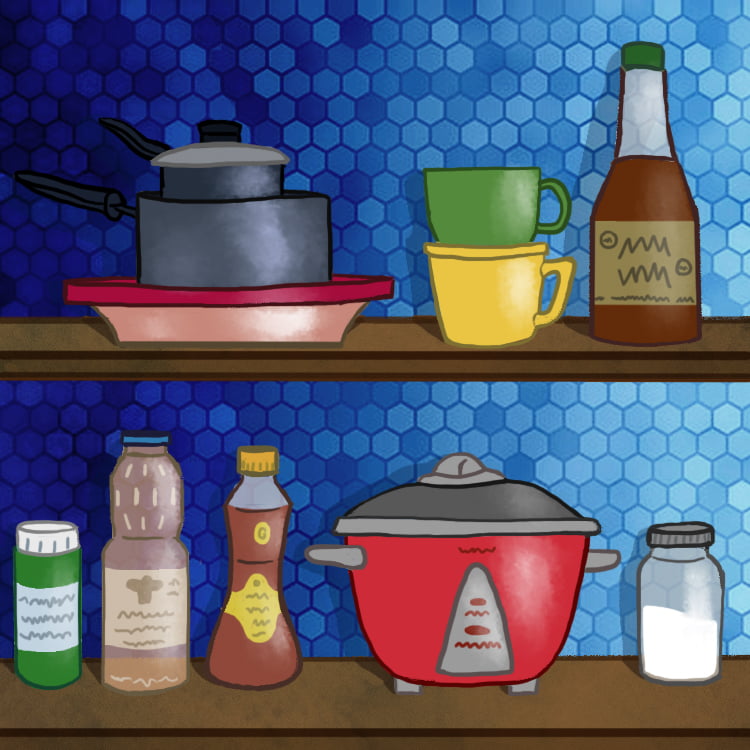Paella is a traditional dish of Spanish cuisine, originally from the autonomous community of Valencia, although it is very popular throughout Spain and in many other countries around the world. Paella is rice cooked with a variety of ingredients, which may include seafood, chicken, rabbit, vegetables, and spices such as saffron.
Famous all over the world
Paella is cooked in a shallow, flat iron skillet, known as a paellera or paella pan, and cooked over direct heat. The rice is cooked with broth and seasoned with garlic, tomato and other spices according to the recipe. Once the rice is cooked, it is served directly in the paella pan and is usually garnished with lemon and parsley sprigs. Paella is a very versatile dish and can be adapted to personal tastes and preferences.
If you want to know a little more about rice in general, its characteristics and how to prepare a perfect white rice you can click on the following link: https://carolinarice.com/products/white-rice/.
Types of paella
There are many types of paella that can be found in Spain and around the world, and the choice of ingredients can vary according to region, season and personal tastes. Some of the most popular types of paella include:
- Paella valenciana: The original paella, which includes rabbit, chicken and green beans.
- Paella de mariscos: A paella that includes a variety of seafood.
- Paella Mixta: A combination of all the ingredients mentioned above.
- Vegetable Paella: A vegetarian paella that includes vegetables such as peppers, peas and green beans.
- Paella negra: A paella made with black rice dyed with squid ink and including seafood.
- Paella de montaña: A paella that includes game meat, such as venison or wild boar, and mushrooms.
These are just a few examples, and there are many regional and personal variations of paella.
Some necessary preparations
Preparing a good paella requires some special techniques and skills to ensure that the dish is cooked properly and tastes authentic.
Important techniques
- Heating the paella pan: It is advisable to preheat the paella pan over medium-low heat to obtain a good temperature and prevent the ingredients from burning or sticking.
- Sauté the ingredients: Ingredients such as onion, garlic, tomato and meats should be sautéed in olive oil before adding the rice. This helps to flavor and create a base for the dish.
- Add ingredients in the correct order: It is important to add ingredients in the correct order, starting with those that take the longest to cook, such as meat, and ending with those that cook the fastest, such as seafood.
- Cook rice properly: It is important to use the right type of rice (such as Bomba rice) and cook it with broth and spices for flavor. The amount of liquid should be adequate so that the rice is well cooked and is neither too dry nor too wet.
- Let the paella rest: After cooking the paella, it is recommended to let it rest for a few minutes so that the rice absorbs the flavors and the remaining liquids.
Preparing the paella pan
Before using a paella pan for the first time, it is important to prepare it properly to ensure that it is ready for use and to prolong its life. The following are the steps to follow to prepare a paella pan before use:
- Wash the paella pan: Wash the paella pan thoroughly with soap and water, making sure to remove any residue or impurities that may have been left over from manufacturing or storage.
- Dry the paella pan: Dry the paella pan with a clean cloth and make sure it is completely dry before use.
- Coat with oil: Heat the paella pan over medium heat and coat the surface with olive oil or vegetable oil. Be sure to coat all areas of the pan and allow the oil to heat until it begins to smoke.
- Cook the paella pan: Cook the paella pan for about 10-15 minutes over medium-high heat to allow the oil to penetrate the surface and create a natural non-stick coating.
- Allow to cool: Remove the paella pan from the heat and allow it to cool completely before cleaning and storing it again.
By following these steps, your paella pan will be ready to use and will have a natural non-stick surface that will help prevent ingredients from sticking and make it easier to clean after use. It is important to repeat this process from time to time, especially if the paella pan has not been used for a long time.
Finally, all that remains is to enjoy this legacy of Spain, a worthy reminder of the diversity and richness of this culture for the whole world.






